- The project creates a new model of marine energy recycling of "using carbon to drive oil and sequester carbon with oil".
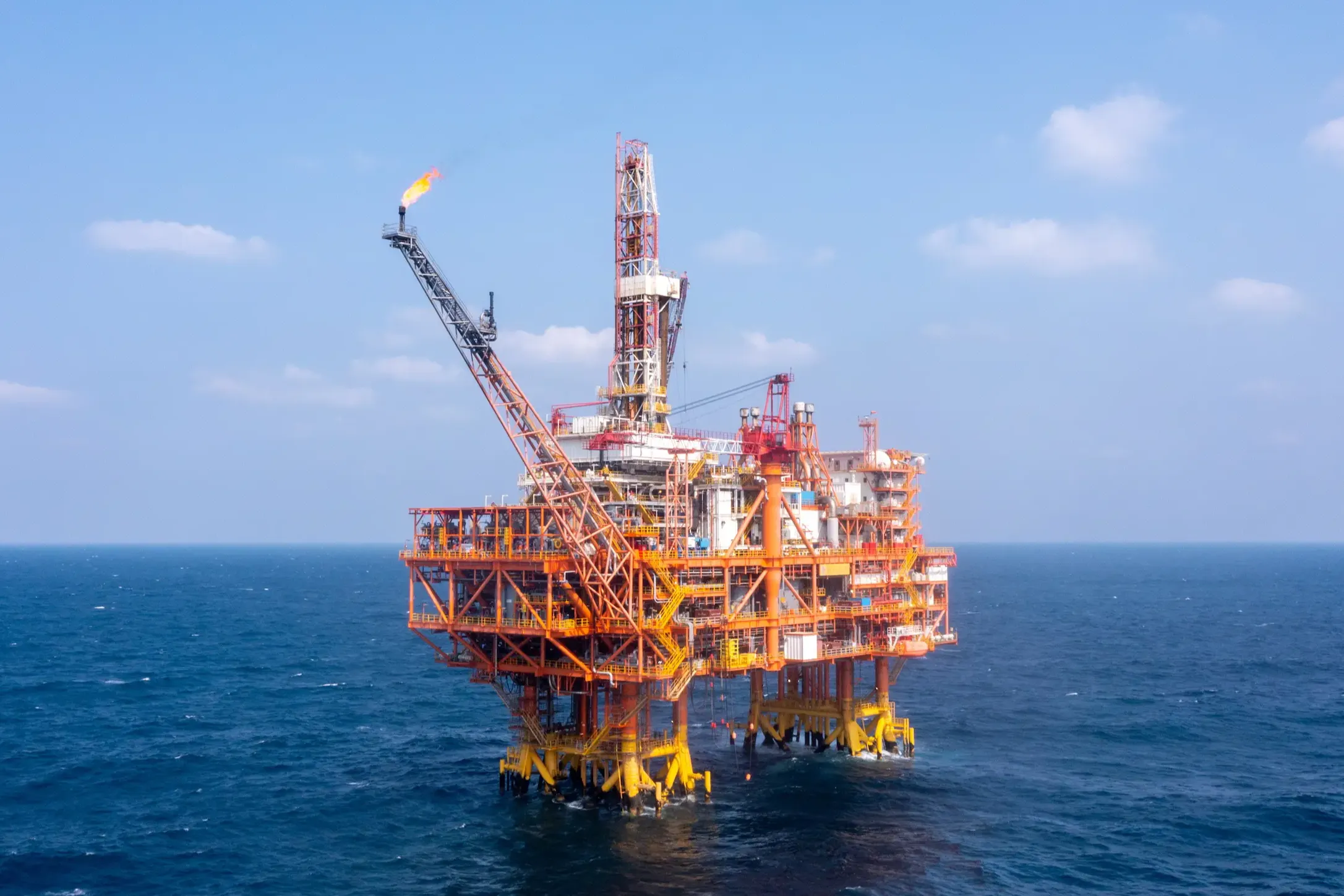
On May 22, China's first offshore CCUS (carbon dioxide capture, utilization and storage) project was put into operation at the Enping 15-1 platform in the Pearl River Estuary Basin. The carbon dioxide associated with oilfield development is captured, purified, and pressurized to a supercritical state, and accurately injected into the underground reservoir at an initial rate of 8 tons/hour through a CCUS well, which not only drives crude oil production, but also realizes carbon dioxide sequestration, creating a new marine energy recycling model of "carbon displacement and carbon sequestration".
Enping 15-1 platform is currently the largest offshore crude oil production platform in Asia, about 200 kilometers southwest of Shenzhen, with an operating water depth of about 90 meters, and the peak daily crude oil production of the developed oilfield group exceeds 7,500 tons. The Enping 15-1 oilfield is a high-carbon dioxide oilfield, and if developed according to the conventional model, carbon dioxide will be recovered along with crude oil to the surface, which will not only cause corrosion to offshore platform facilities and submarine pipelines, but also increase carbon dioxide emissions.
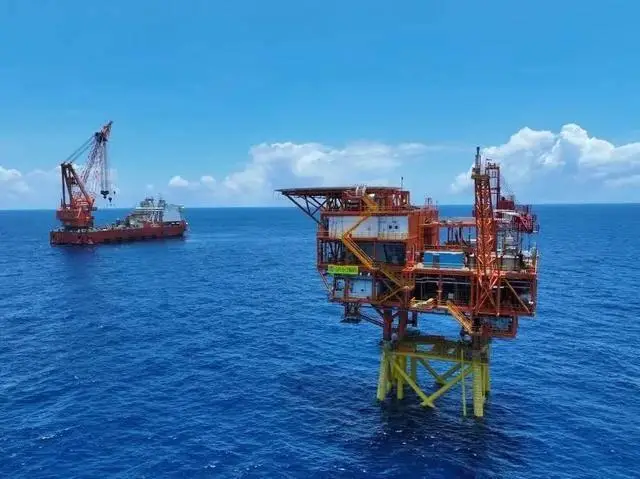
As an emerging technology for the low-carbon and efficient development of fossil fuels, CCUS has become an important area in the global energy industry. There are currently 65 commercial CCUS projects around the world, but most of them are concentrated onshore and only a handful of offshore projects. CNOOC Limited has identified the construction of CCS/CCUS demonstration projects as one of the main measures of the "14th Five-Year Plan" energy conservation and carbon reduction action, and has carried out research on key topics such as geological reservoirs, drilling and completion, and engineering integration for four years, and has formed more than 10 domestic first-of-its-kind technologies. Among them, the Enping 15-1 oilfield CCS demonstration project, which was first put into operation in June 2023, has reinjected nearly 200,000 tons of carbon dioxide, providing a feasible plan for rapid carbon reduction in the Guangdong-Hong Kong-Macao Greater Bay Area and even the whole country.
Wan Nianhui, general manager of CNOOC Enping Oilfield Operation Area, introduced: "The successful commissioning of the project has realized the upgrading of the whole chain of China's offshore carbon dioxide capture, utilization and storage equipment technology, and will reinject more than 1 million tons of carbon dioxide on a large scale in the next 10 years, and drive the increase in crude oil production to 200,000 tons, which is of great significance to ensure national energy security and promote the realization of carbon peak and carbon neutrality goals." "Subsequently, with the further upgrading of the equipment, the carbon dioxide reinjection capacity will be increased to 17 tons/hour, and the peak single well oil increase will reach 15,000 tons/year, which will have a stronger ability to increase production and reduce carbon emissions.
The Enping 15-1 Oilfield CCUS Project will be launched at the end of 2023, CNOOC Limited will give full play to its comparative advantages, combine the mature experience of the onshore oilfield and the actual field, focus on in-depth research on strata selection, equipment development, drilling engineering and risk monitoring, etc., and optimize four "golden horizons" 2.4 kilometers away from the Enping 15-1 platform and 1,200 to 1,600 meters underground for carbon dioxide reinjection according to factors such as reserve scale, interfacial tension and compactness. A single well covers more than 7.5 million tons of low-permeability reserves, which can greatly improve the development efficiency of low-grade resources.
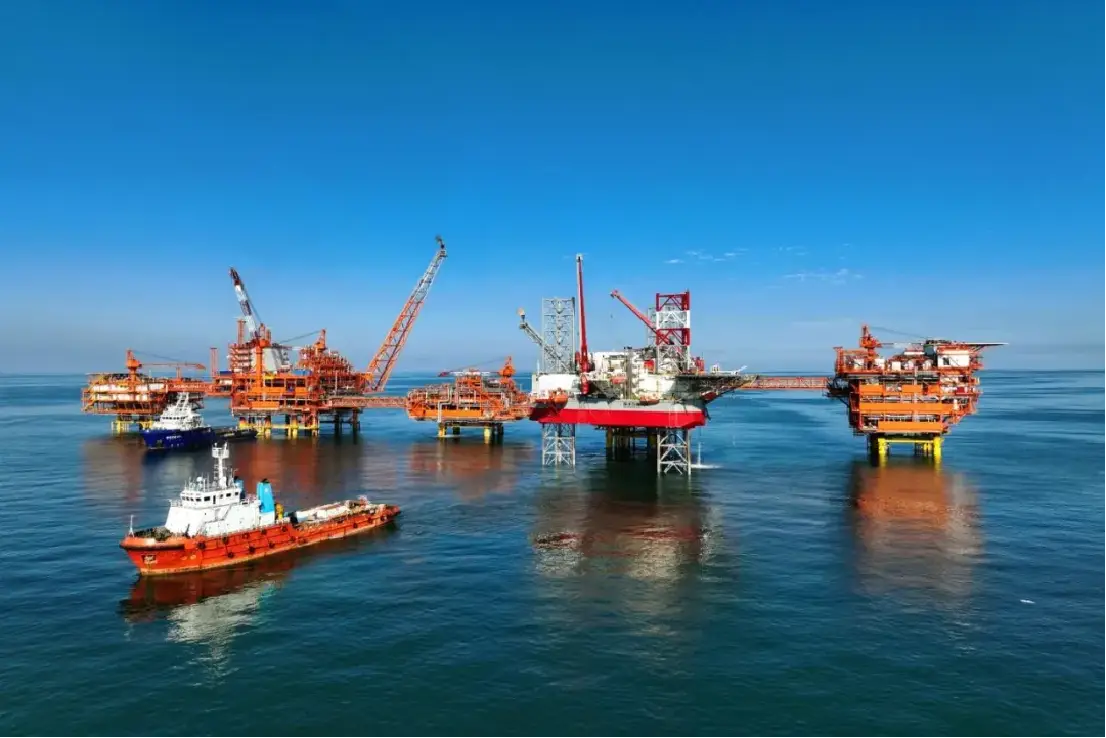
Compared with traditional oil and gas wells, CO2 reinjection wells are the "green channel" connecting offshore platforms and underground reservoirs, and face many engineering challenges such as high wellbore integrity standards, complex gas injection strings, and difficult accurate injection. CNOOC Limited adopted the cost-effective model of "new use of old wells + stratified gas injection", saving drilling costs of more than 10 million yuan and achieving completion 7 days ahead of schedule. At the same time, a number of core technologies such as carbon dioxide corrosion-resistant cement slurry system and "hydraulic control intelligent fine injection + distributed optical fiber monitoring" process have been independently developed to effectively ensure the sealing and stability of the wellbore.
"Relying on the integrated measurement and control scheme and the layered gas injection fine control system with independent intellectual property rights, the project team achieved precise gas injection in a narrow wellbore space with a diameter of less than 20 cm, so as to achieve 'lack of gas replenishment and excessive decompression', so that carbon dioxide 'obeys the command' and enters their respective layers respectively, without interfering with each other and never escaping." Song Ling'an, project manager of CNOOC Enping regional drilling and completion, said.
In order to fully realize the long-term and efficient gas injection of underground reservoirs, CNOOC Limited pioneered the "four-stage pressurization + dual-channel stable control" technical solution, and independently developed and added new equipment such as carbon dioxide compressors, gas treatment and cooling systems on the basis of the existing equipment, and upgraded the three-stage compression to the four-stage compression. At a reinjection pressure of 185 kg, supercritical carbon dioxide with liquid density and gaseous characteristics can further enhance formation energy and crude oil fluidity, driving crude oil to production wells faster and better, and maximizing oil recovery.
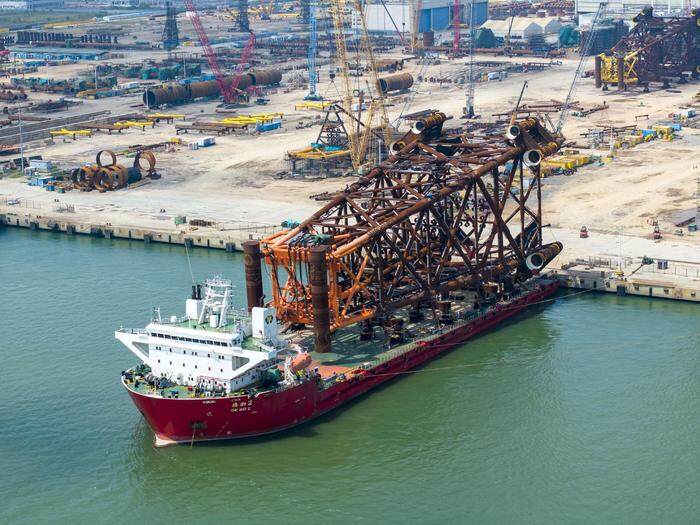
Since the "14th Five-Year Plan", CNOOC Limited has vigorously implemented the green development leapfrog project, promoted green and low-carbon production throughout the whole process, and systematically built a clean energy industry chain of "carbon reduction at the source, carbon reduction in the process, and carbon sequestration at the end", and achieved a "double reduction" in energy intensity and carbon emission intensity year after year. In terms of CCUS, we will continue to carry out research on the technology covering source-sink matching, capture, transportation, storage, and monitoring equipment, focusing on the research and development of offshore compact capture technology, and accelerate the implementation of a number of demonstration projects such as Enping 15-1, Ledong 15-1, and Bozhong 26-6, and at the same time build a 10-million-ton CCS/CCUS cluster project in Daya Bay, Huizhou, Guangdong, and launch a carbon dioxide recovery project in Gaolan, Zhuhai, further building technical support and realistic conditions for "shore carbon entering the sea" in the future.(This article is from the official website of Seetao www.seetao.com. Reprinting without permission is strictly prohibited. Please indicate Seetao.com + original link when reprinting) Seetao.com Strategy Column Editor/Sun Fengjuan
Comment
 Praise
Praise
 Collect
Collect
 Comment
Comment
 Search
Search



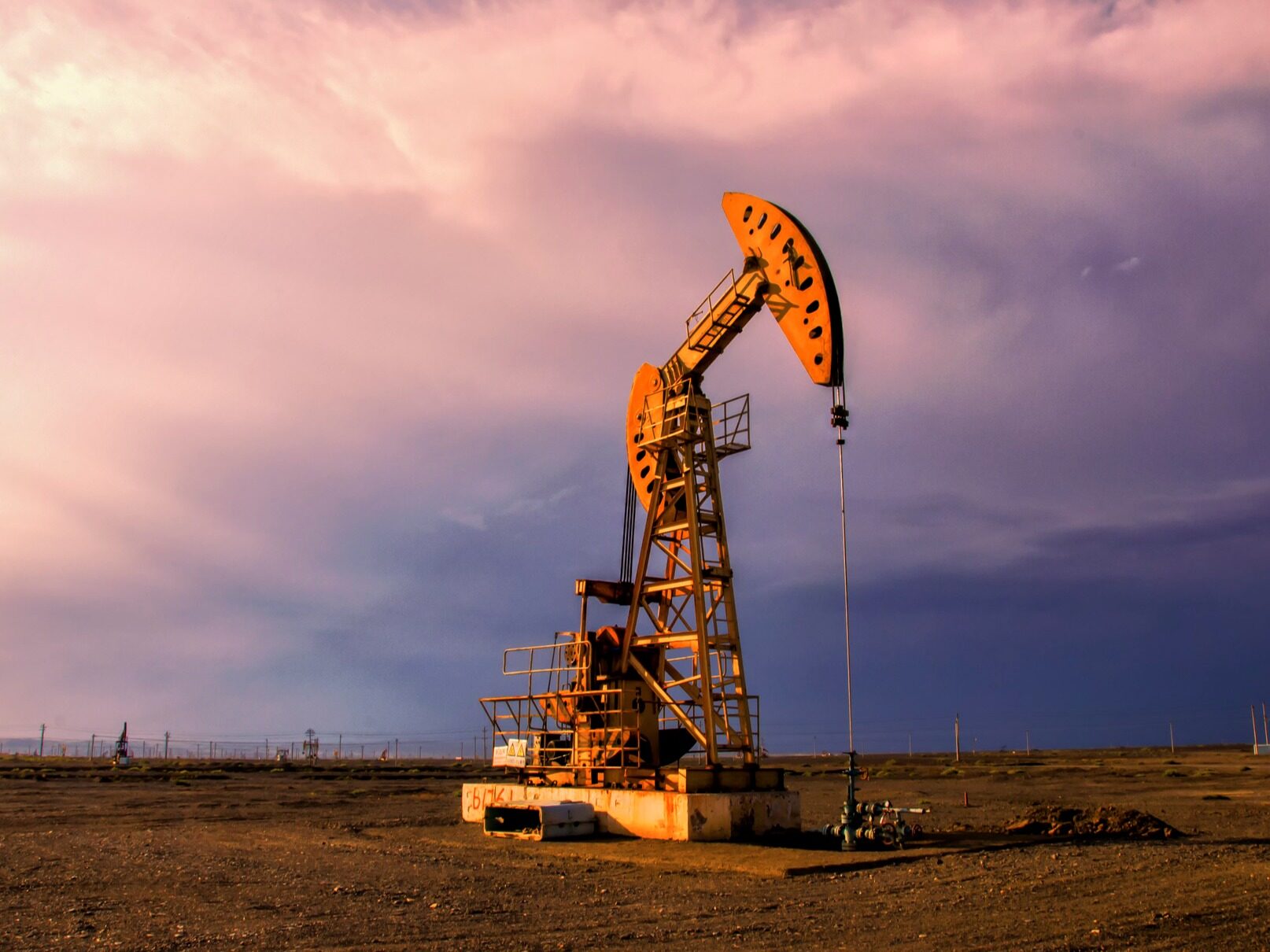
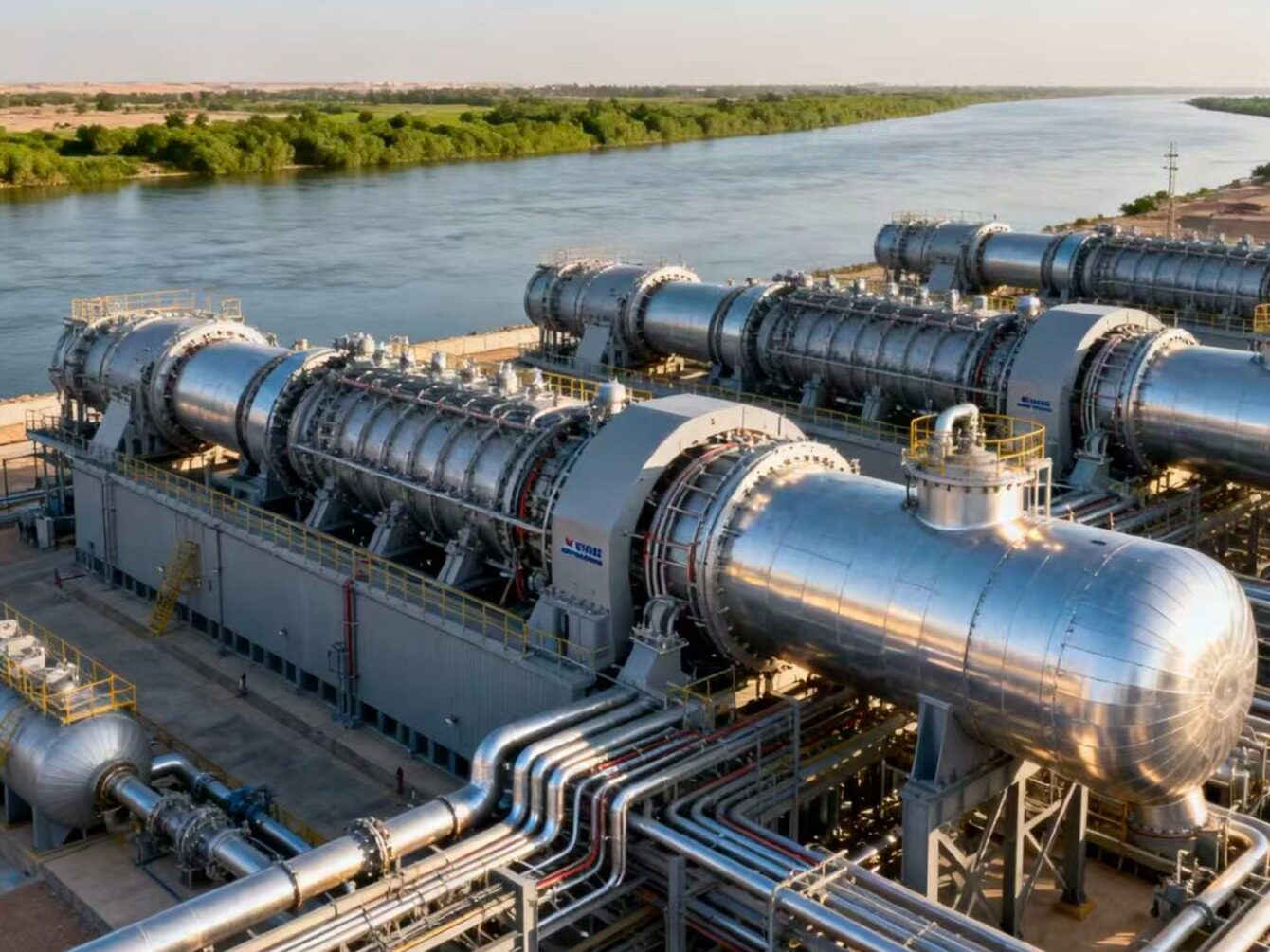
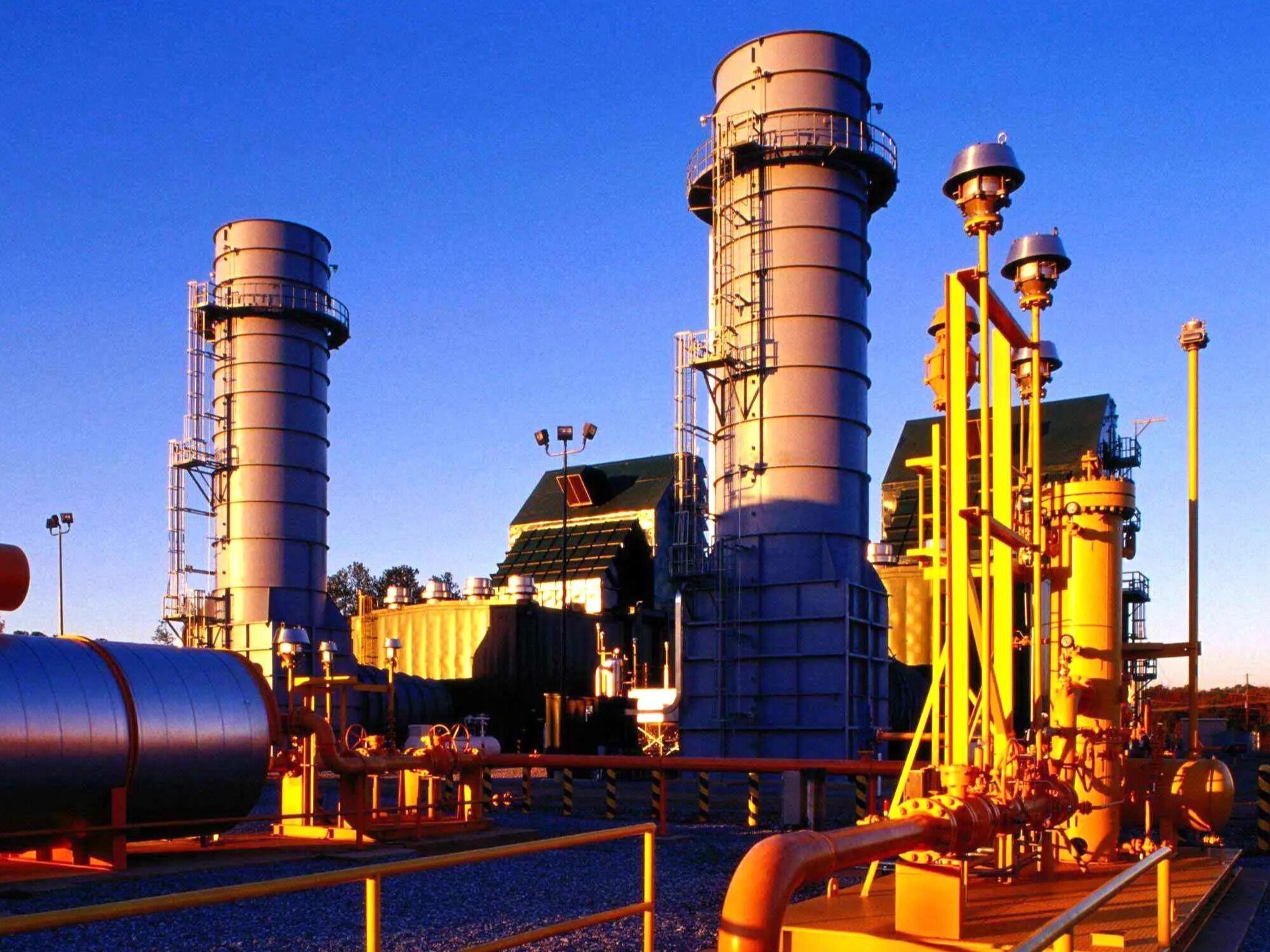
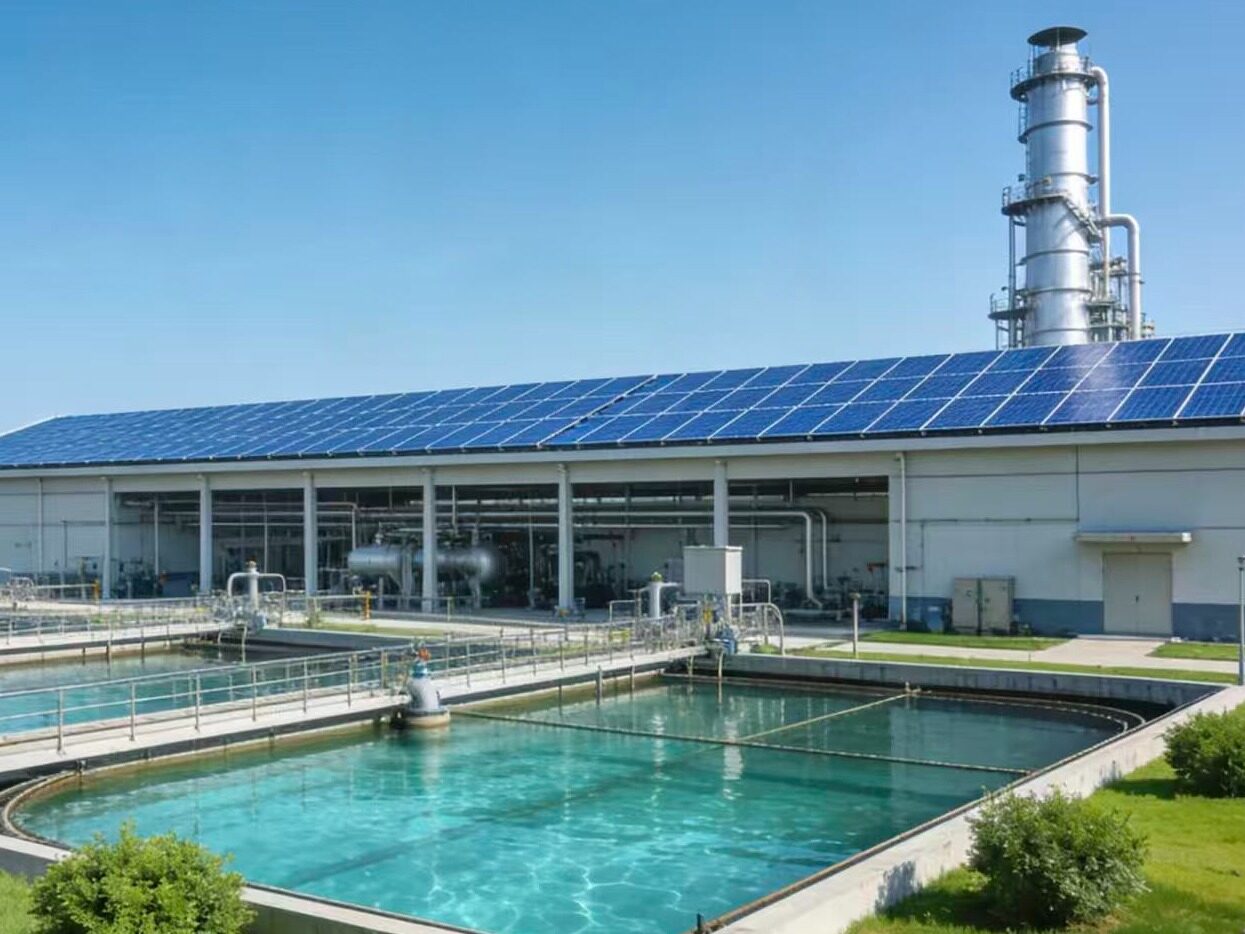
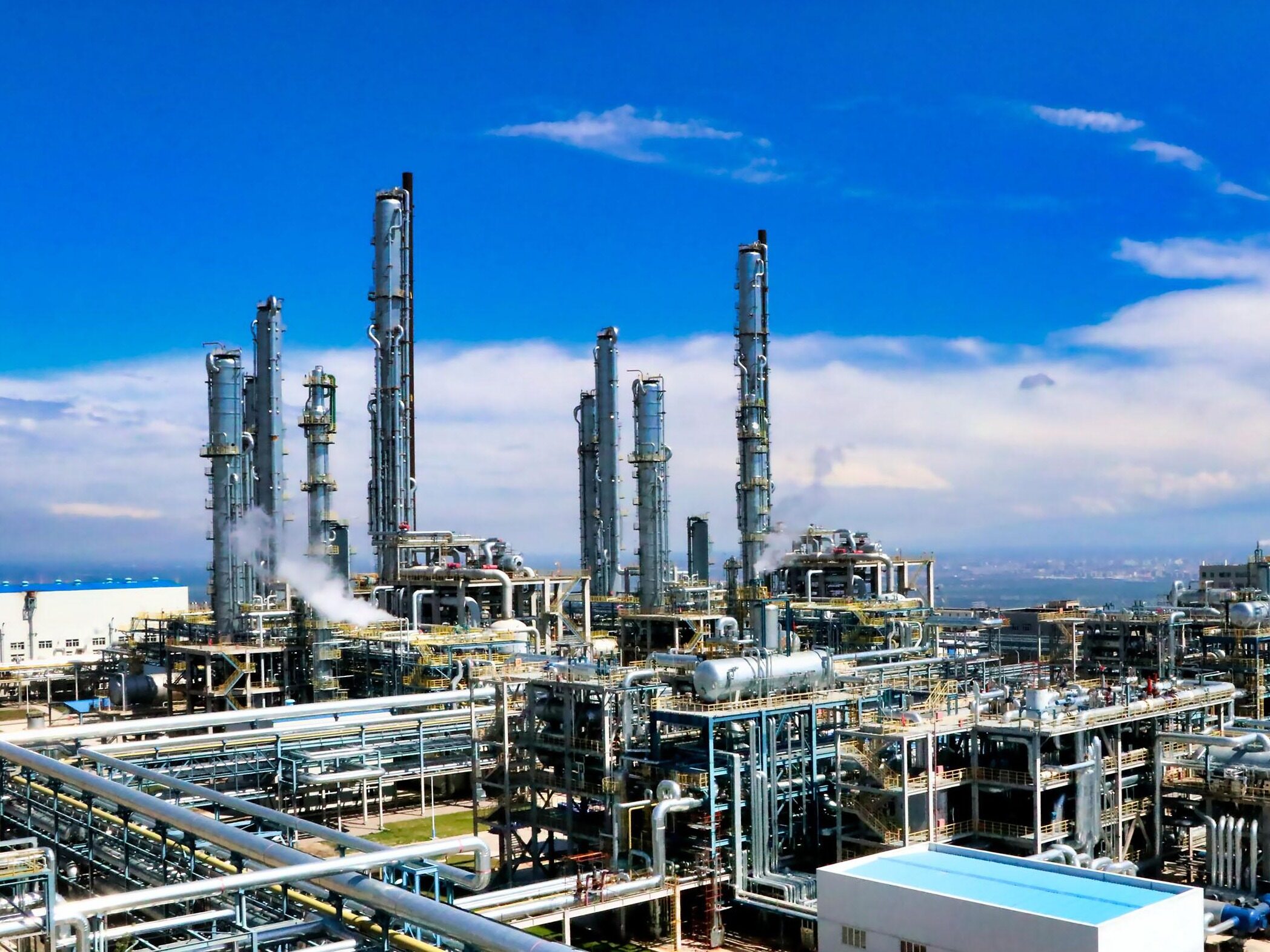






Write something~